For a long while, the job of solar power was to deliver daytime electricity – starting to pump the juice in earnest around 10 a.m. and finishing at 2 p.m. — with every single drip of electricity used to get investors into the project. This is no longer the reality.
For instance, Minnesota is now overbuilding solar power and dumping “extra” electricity.
In July of this year, a project in Connecticut was completed with a DC to AC ratio (the ratio of total solar panel wattage to solar inverter capacity) of 1.8:1. A value greater than the average 1.3:1 shows that large developers are deploying a strategy that takes full advantage of cheap solar panels to gain greater benefit.
While a normal solar power plant might start clipping—i.e., dumping electricity produced by the solar panels that the inverter isn’t able to export—as the day approaches noon, a plant with a high DC to AC ratio will begin clipping much sooner. Generally, this wasted electricity is lost revenue and designers abhor it. However, a plant like this will also offer a more consistent amount of electricity delivered to the power grid—starting much earlier and ending much later.
It will also offer a greater amount of electricity during the low sun wintertime periods. An analysis by Fluence suggested that these extra solar panels, beyond the 1.3:1 ratio, cost approximately 60¢/Wdc to install—far cheaper than standard system pricing.
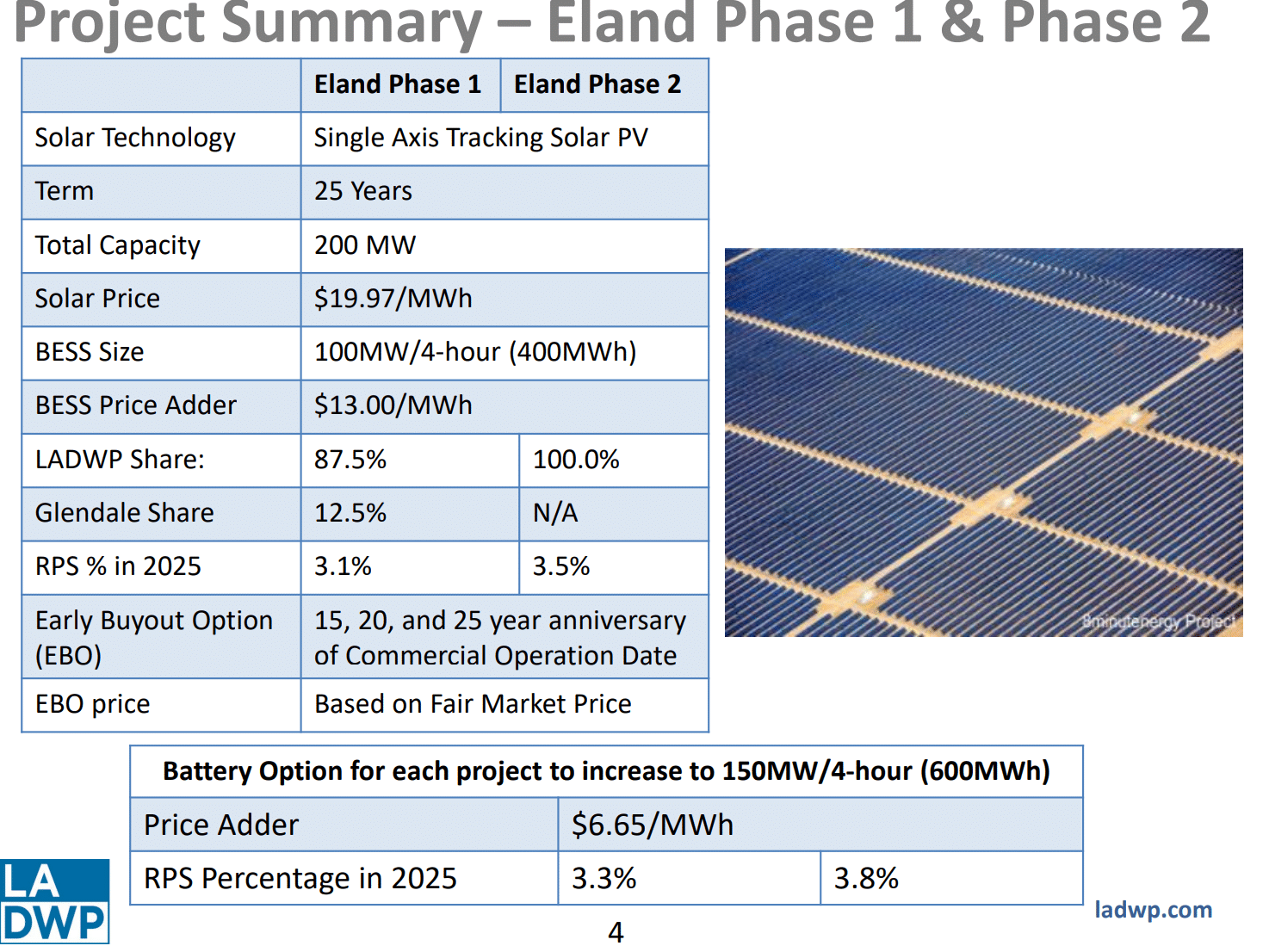
What might be the most significant solar project of the year was developed by 8minute Solar Energy—the Eland Solar Power Plant totaling 400MWac/600?MWdc plus 300MW/1,200MWh of energy storage. The facility will sell its electricity to two separate California buyers at just under 4¢/kWh.
But the real kicker of this facility, and the reason there is a “?” after the 600 MWdc above, is the capacity factor that approaches 60% per CEO Tom Buttgenbach. This value is far above the peaks of AC capacity factors found in the 35% range per recent research. There are a few reasons this plant can offer a value like this:
- The plant is located in the Mojave Desert with some of the world’s best sunlight
- Single axis trackers “widen the shoulders” and up production overall by 15-30%
- DC coupled energy storage captures and later delivers the clipped electricity
- It is probable that bifacial solar modules and/or an oversize DC to AC ratio are pumping out extra electricity for those batteries to grab.
We can assume that an advanced group like 8Minute Solar Energy has done the math on all of these potential output-increasing techniques, because this is the same group that has oversized DC to AC ratios of 3-4-5 to 1 and energy storage with 15 hours of capacity that will deliver electricity 24 hours a day on its drawing blocks.
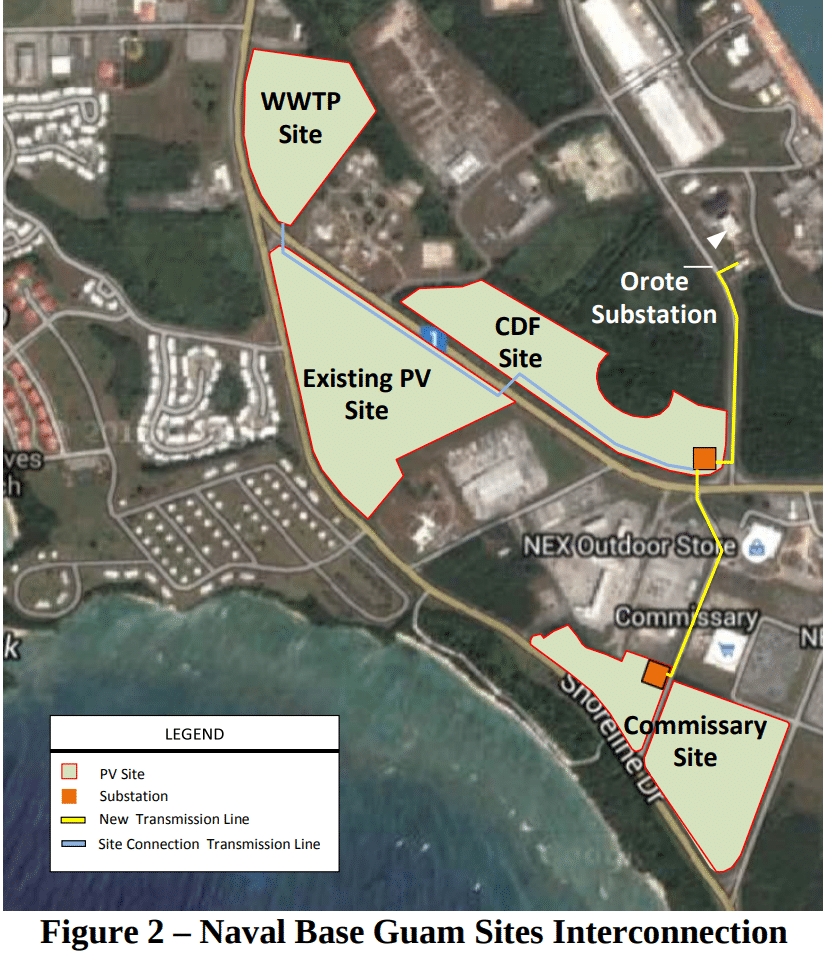
The third facility is one that delivers its solar electricity only at night. Engie was awarded a project in Guam that couples 50MWdc of solar power with 50MW/300MWh of energy storage. The facility will deliver its electricity for up to seven hours into the evening, suggesting an inverter sizing of approximately 42MWac, and a relatively normal DC to AC ratio of 1.16:1. The facility will deliver 85GWh of electricity per year, approximately 5% of the island’s annual 1,600GWh needs.
These three projects—and others—herald the next stage of solar power. A stage in which solar power plants will be designed as the grid needs, to meet the requirements of society, versus society learning to absorb what the sun has to offer. And these plants are why solar power, along with energy storage and wind generation, will come to dominate our future clean energy power grids.
This content is protected by copyright and may not be reused. If you want to cooperate with us and would like to reuse some of our content, please contact: editors@pv-magazine.com.
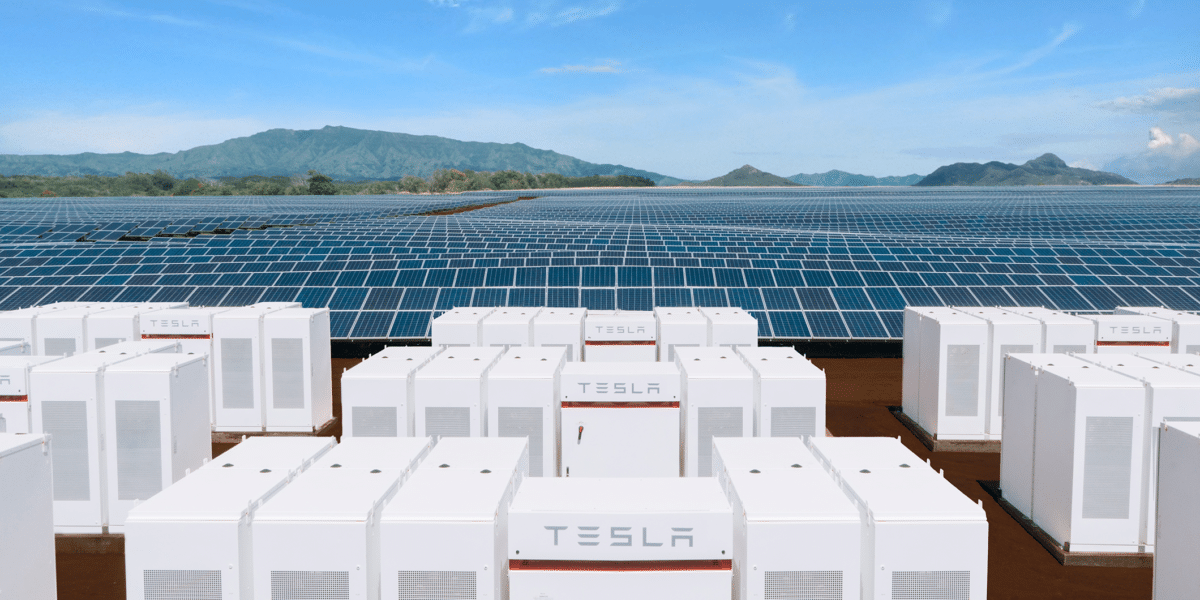
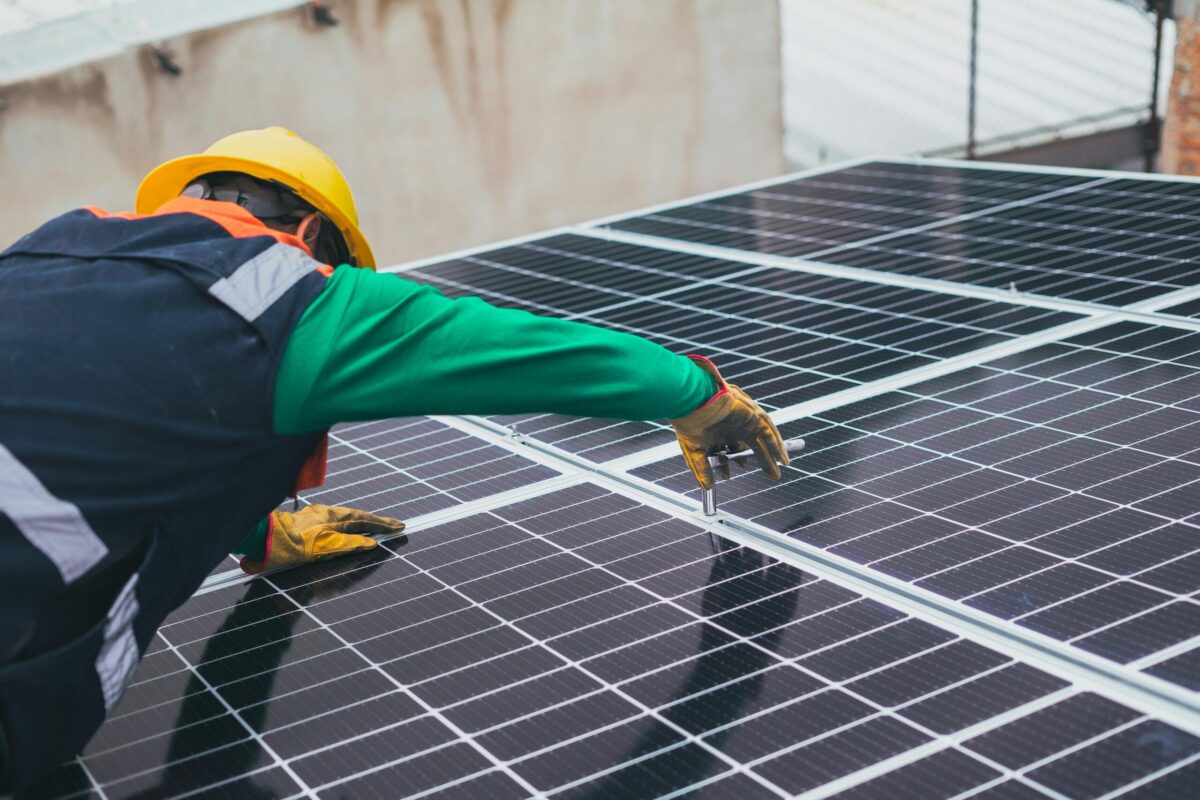





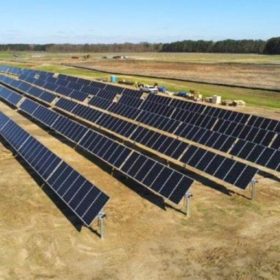
I did a back of the envelope calculation once using solar insolation data from phoenix arizona on how much storage capacity and excess solar capacity you need to achieve a 90% capacity factor for the maximum amount of baseline capacity (solar + storage) on the shortest day of the year. Basically all you need is enough storage to store 2/3 of the energy on the shortest day. So if you have 1 MW of solar cells you need 5 MWh of storage and you can an even load of about 300 KW or more 90% of the time.
A real game changer for solar these days is gas turbines are getting cheaper and more efficient. Solar + storage + gas turbine back up is a real possibility if the cost of storage can be further reduced.
“So if you have 1 MW of solar cells you need 5 MWh of storage and you can an even load of about 300 KW or more 90% of the time.”
Thanks for sharing the idea. Could you further explain how the 1MW solar would be enough to fully charge the 5MWh battery while powering up the 300KW load during sunny hours of a shortest day?
“What might be the most significant solar project of the year was developed by 8minute Solar Energy—the Eland Solar Power Plant totalling 400MWac / 600(?)MWdc plus 300MW/1,200MWh of energy storage. The facility will sell its electricity to two separate California buyers at just under 4¢/kWh. The plant was, to the best of this author’s knowledge, the first *large* solar plus storage facility that could arguably be considered a true power plant.”
As prices of solar PV panels drop and the efficiency of the panels increases, this also changes the “peak loading” of a solar array. IF one installs perhaps a 250 MWp solar array, using bifacial solar PV panels and also installs the array with half of the panels facing west and half of the panels facing east without using tracking. The back and edge extra solar harvest would make the system as a whole more robust, the east and west facing fixed panel mounting would be less likely to fail during high wind storm events. With fixed east/west orientation one can get at least 2 more hours of generation per day. Now instead of a noon spike in solar generation output, you would get a slight double hump as the sun traverses from east to west. Over building the energy storage system to slam as much charge into the unit during the solar day would create the 24 hour generation facility. If one has 250MWp solar PV, then why not multiple days of energy storage, something on the order of 1 to 2 GWh?
The cost of a 250MW natural gas generation plant would be in the neighborhood $2100/kWh of generation. Getting ESS technology down to the $100/kWh installed price point would make this happen as the excepted power generation, storage, and delivery of the future.
Submitting a feasibility analysis tomorrow to customer with the primary recommendation being a 50-50 east west split. They want hard resilience, 8 hour solar window above 85 kWac to minimize the battery size.
Great article John, from the headline through the comments, and kudos to to the contributors there as well. The political-economic-technology ecosystem will provide ample opportunities for brilliant new species of renewable power plants to take-hold and thrive. On with the Energy Revolution!
@John Weaver, my first home system was installed in 2005. The latest greatest technology at the time was Sanyo HIT panels in the 195 to 200 watt range. The roof on my house, ridgeline was North/South, but the roofs natural East/West slope allowed the system to be split into East and West generation systems. I found even during the shortest days of the Winter months, I would get from 6 to 8 hours of useable generation a day. In the summer months, I was getting an average of 10 to 12 hours of useable power production a day. The Sanyo panels then were at $5.50/watt, now that Panasonic has bought the intellectual rights to the HIT technology, Panasonic has their 335 HIT panels that can be bought for about $0.95/watt today.
Very interesting, from some of your other articles, it seems like “clipping” could be a design characteristic that would work well with this type of design. Using something like a 1.5 DC to AC ratio at current panel price points and solid “fixed” mounting using manufacturing run pricing that has been announced at $0.28/watt for bifacial solar PV panels makes sense to “overdesign” the system for the long range production of energy. There seems to be a “trend” of companies going back to old solar PV farms and are now installing energy storage to enhance the time and use of the plant as a whole. “Clipping” today is ready for the energy storage system addition of tomorrow. Of course energy storage could also add the value to the system today to provide energy to the grid for 10, 12 or more hours per day, allowing a part of the entire project to actually stack grid services that can be sold back to the utility and help amortize the system sooner, than later.